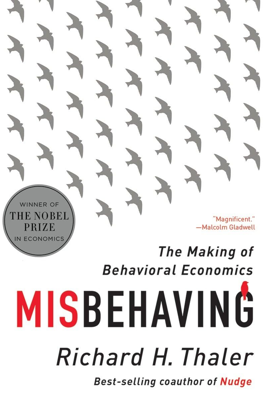The Reaction to Overreaction
Re-Evaluating Market Efficiency
The challenge to the efficient market hypothesis (EMH) intensified as researchers questioned how "Loser" stocks, notably those performing poorly, surprisingly yielded higher returns than the market average. To reconcile these observations with the EMH, proponents of market efficiency posited that higher returns arise from assuming greater risks. However, this assertion brought forward the complex issue of adequately measuring risk.
Eugene Fama highlighted that market efficiency tests inherently scrutinize two hypotheses: market efficiency and a model of risk and return. This factors in defenses like asserting newer firms yield higher returns due to increased risk, thus justifying their performance as compensatory rather than a market inefficiency.
The traditional metric for assessing the risk-adjusted value of a stock has been the Capital Asset Pricing Model (CAPM), introduced by John Lintner and William Sharpe. The CAPM posits that the only compensatable risk in a rational market is a stock's correlation with market movements, measured by its ‘beta’. A higher beta suggests higher risk and potentially higher returns.
Despite these models, findings showed that "Loser" portfolios often displayed lower betas than "Winner" portfolios, challenging the notion that their higher returns were due to risk. In fact, when adjusting for risk via CAPM, the anomaly of the Loser portfolio's performance became even more profound, countering any justifications that risk alone drove their superior returns.
Further Developments in Market Theory
By the 1990s, both Fama and Kenneth French acknowledged these discrepancies. They introduced the Fama-French Three Factor Model, which added two new factors—company size and value metrics—to explain stock performances better. However, they admitted lacking a theoretical basis for why these factors should be inherently risky.
The ongoing debate continued with studies such as "Contrarian Investment, Extrapolation, and Risk," presenting a compelling case against value stocks being riskier investments. Moreover, Fama and French eventually evolved their model to include factors measuring a firm’s profitability and investment aggressiveness, moving further away from the CAPM.
The Legacy of Initial Findings
The initial findings and subsequent challenges to the CAPM and EMH illustrate a shift in financial economics thinking. The introduction of multiple factors and the continuous need to adapt models underscore the complexities of market behavior, which cannot be fully captured by assuming market participants act rationally based on available information. This evolution from a one-factor to a potentially six-factor model reflects a gradual acknowledgment of behavioral economics’ critical role in understanding market dynamics.
The discourse around EMH and market models not only shapes theoretical frameworks but also influences practical investment strategies, signaling a move towards more sophisticated and empirically responsive financial models. These developments affirm the necessity of incorporating behavioral insights to provide a fuller understanding of market behaviors.
